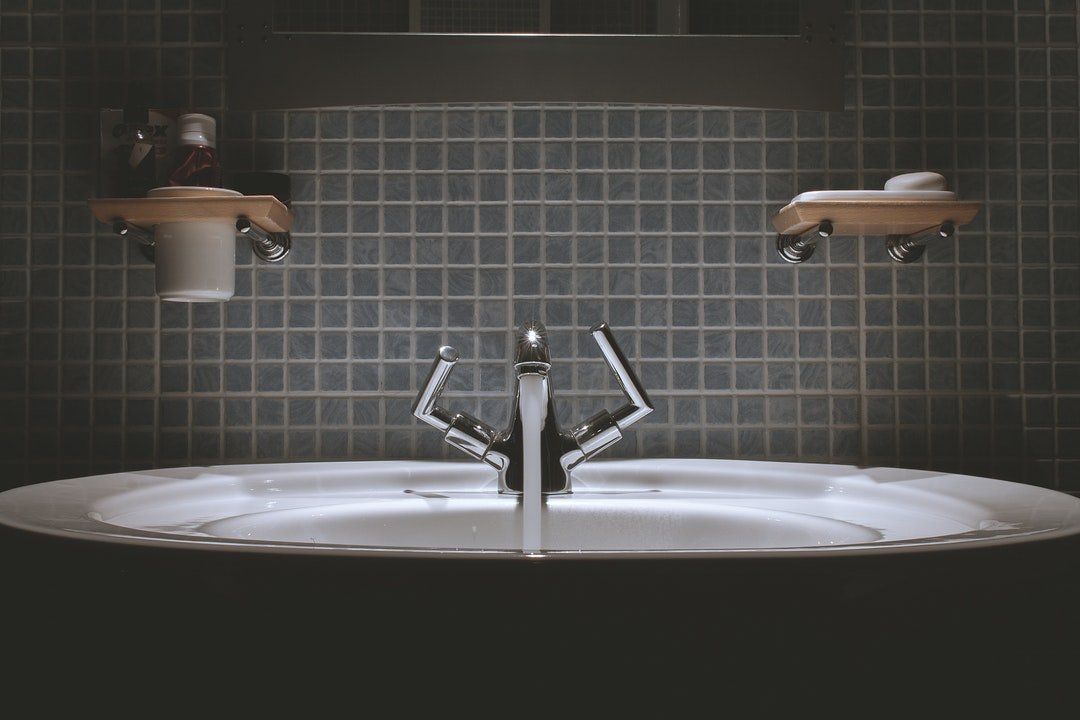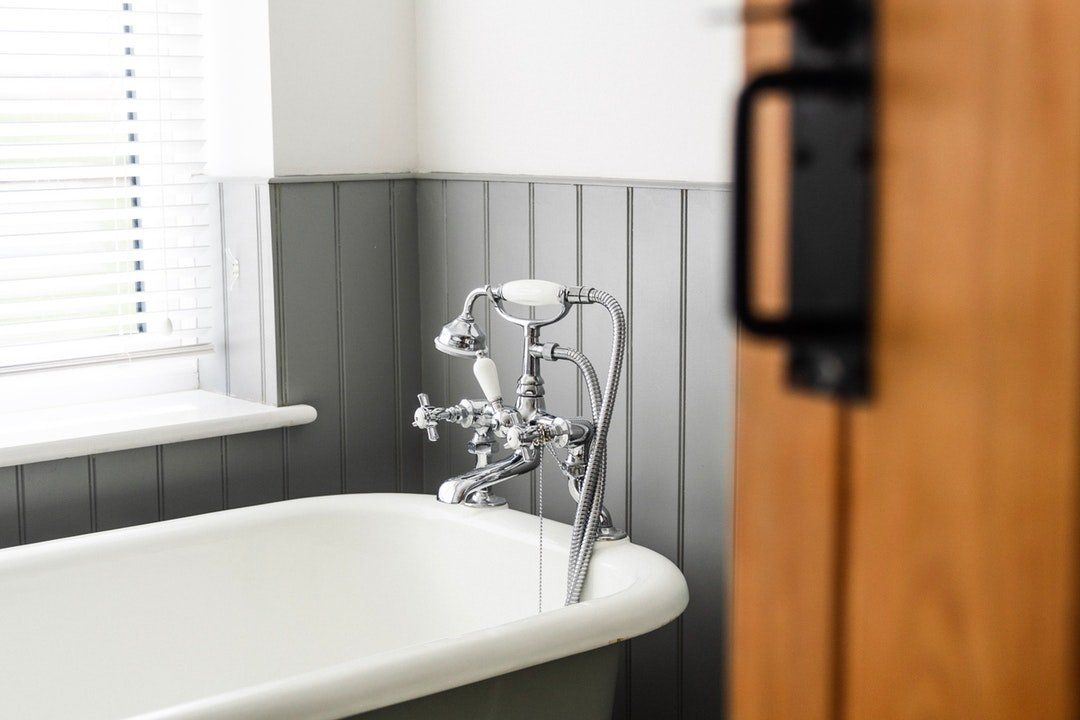Adapting your bathroom
What is an adapted bathroom?
Washing, bathing and using the toilet can become some of the most difficult aspects of continuing to live at home – especially if your sense of balance isn’t what it once was. Many people find it hard to ask for help with these private things – and it’s understandable if you want to keep doing them yourself for as long as possible. Here's some helpful advice from Age UK and Parkinson's UK.
"Fortunately, some small adjustments can make a big difference. Some of the equipment you could look into includes:
• a raised toilet seat or rails that could help you get on or off the toilet by yourself
• a bath board or seat to help you get in and out of the bath
• grab rails around the bath or shower
• a special safety plug that limits water level
• a flood detector that alerts a monitoring centre if the bath or sink starts to overflow
• long-handled sponges
• non-slip mats for safety, or foot-cleaning mats to save you bending
There are also some larger adaptations that may be suitable for you, such as:
• a bath with a side opening so you can get in and out without having to climb over the side
• a level-access shower or ‘wet room’
• a wall-mounted sink at the right height for you to use in a wheelchair or mobile shower seat
• a battery-powered bath lift with a seat or platform to support your weight
• a hands-free toilet with an automatic washing and drying function that works while you are still seated."
www.ageuk.org.uk/information-advice/care/housing-options/adapting-your-home-information-guide/
Here is more advice from Parkinson's UK
"Grab rails are helpful in bathrooms and toilets because they can help give you stability and confidence. It is also a good idea to apply a slip resistant material to the bottom and edges of the bath or shower, as well as to railings. Shower heads on a hose are useful as then you can get the water exactly where it’s needed.
Toilet grab rails
A grab rail can help you get on and off the toilet. It can also help with balance problems while standing and using the toilet.
There are different grab rails to choose from, including free-standing rails and hinged drop-down rails that fix to the wall behind the toilet.
Toilet grab rails are usually supplied by social services or social work department. The type of rail that is best for you will depend on whether a fixed rail will fit the area around your toilet, if it will be at the appropriate height and whether you will need to adjust the rail at all. Vertical handrails from floor to ceiling may be useful for getting in and out of the bath, or beside a toilet where lack of space means other rails won’t fit.
Converting a bath to a shower or wet room
Some people convert their baths to shower units or wet rooms. In some cases, it may be easier to convert a small bedroom or large storage area into a shower room instead of replacing a bath. If you find it hard to climb stairs, it may be an option to add a bathroom to the ground floor of your home.
Some people with Parkinson’s find that a shower with a suitable seat and grab rails makes washing much easier, especially if the shower floor is level with the bathroom floor.
Any major building work in the home can be expensive. It may be possible to get some funding to pay for your conversion, but it's important to talk to an occupational therapist about whether changing your bathroom is right for you. They can also advise you about financial support you may be able to apply for. You can also speak to your local council, social services or Parkinson’s local adviser about grants."
www.parkinsons.org.uk/information-and-support/equipment-personal-care
This information guide has been prepared by Age UK and Parkinson's UK and contains general advice only, it should not be relied on as a basis for any decision or action and cannot be used as a substitute for professional advice






